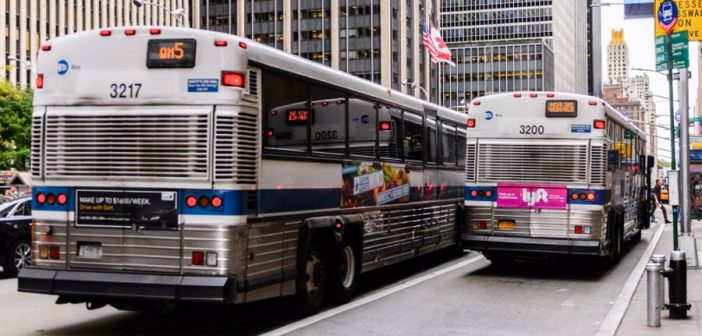Startups rely on marketing to survive. Without some means of spreading the word about your company, there’s no way to build up an initial customer base.
And at the center of every successful marketing or advertising campaign is a common element: branding. Comprising your company’s unique identity, your brand standards will come to define your business for your customers, partners and even your employees, but you have to differentiate yourself from the competition, and you have to keep it consistent.
There are countless examples of companies with reasonable ideas that failed because they couldn’t establish an impactful, memorable brand, but you probably never heard of them because of that failure.
Instead, I want to turn your attention to five prominent examples of startups that nailed their branding, setting them up for powerful future success.
1. Ello is the creators’ network.
Ello is a self-described minimalist social network, attempting to challenge the status-quo set by more popular platforms, like Facebook, Twitter and Instagram.
It’s a hard market to break into, with a lot of long-cemented competition and few opportunities for differentiation, but Ello makes up for that with its approach to branding, which goes hand-in-hand with its unique value proposition.
Ello promises its users that they will never see any advertisements and that their personal information will never be sold or acquired in any way. It’s alleged to be the perfect minimalist, ad-free social platform, and its minimalist, straightforward, sincere branding showcases that. With black and white coloration, simple layouts and no-BS copy, it gives users an atmosphere that perfectly represents the product.
2. Prices drop while you shop on Jet.
Originally purported to be an Amazon killer, Jet may still hold that potential.
Launched last year, Jet is striving to offer a new kind of ecommerce experience, following many of the same trends, styles and functionality of Amazon, but with a unique angle.
Jet rewards customers the more they shop – prices drop as users purchase more products. Jet also offers more transparency about its products and services. This transparency is evident throughout Jet’s site, and it compels users to stick with the brand for longer, increasing customer retention and loyalty.
3. Slack wants to kill email.
There are a lot of communication apps out there. Skype, Gchat and Facebook Messenger are just a few free options that come to mind. So how can a new business communication app like Slack enter the scene?
Through powerful branding.
Slack spent time developing its brand as one that’s professional and approachable for businesses, but also playful and friendly enough to make people feel a more personal connection to it.
It’s a precarious balance to strike – go too playful and humorous, and you’ll come off as unprofessional, but opt to be too polished and professional, and you’ll sacrifice relatability. Slack’s brand toes this line perfectly.
4. Airbnb competes with mainstream hotel chains.
Save money on a hotel by sleeping in a stranger’s house. That sounds weird, right?
Airbnb was able to take this somewhat off-putting idea and, through successful branding, put a positive, exciting and adventurous spin on it.
Now, the company caters to millions of travelers in 191 countries and counting due to the prominence and respect of its trustworthy, appealing brand.
Airbnb caters to practical travelers through its theme of adventure, culture and immersion – speaking to travelers interested in seeing new places — while also grounding itself with images of reliability to foster trust in an otherwise relatively sketchy concept.
5. Get a ride whenever you need one with Lyft.
When Uber was still young, Lyft came along to challenge the now-dominant ride-sharing app with a highly competitive service of its own.
Its brand allowed it some means of propulsion onto the scene – giving it the chance to develop a strong, dedicated user base in a market that was already controlled by its main competitor.
The key for Lyft was differentiation. While Uber dominated people’s minds as the black car app, Lyft opted to make its brand color hot pink. When Uber tried to pitch elite drivers, Lyft opted for friendly community faces. Catering to more fun, communal elements, Lyft was able to establish itself with powerful marketing and advertising pushes.
Here’s the key takeaways.
On some level, a brand is completely up to you. This is your chance to characterize and personalize your business. But you’ll still need to follow some key best practices if you’re going to be successful.
- Differentiate yourself. Don’t mimic or copy a business that already exists. Focus on what makes you different.
- Be memorable. Don’t just be a general business. Identify a handful of core characteristics that help you to stand out.
- Know your audience. Learn what your audience wants and/or needs, and be able to give it to them.
- Keep it consistent. Make your brand prominent in all your promotional materials and resources.
Accomplish these priorities for your startup’s brand, and you’ll have a much higher likelihood of surviving those all-too-important first few years. For more examples of successful startups, and for a comprehensive deep dive into how to build your own brand through content, see The All-in-One Guide to Planning and Launching a Content Marketing Strategy.
This article first appeared in www.entrepreneur.com


